Today, there is a lot of news from Ukraine.
Ukrainian forces have established a formidable ten to twenty kilometers zone of death along key frontlines, decimating anything larger than a soldier with ruthless precision. This lethal barrier raises serious questions about the future of armored warfare in principle.
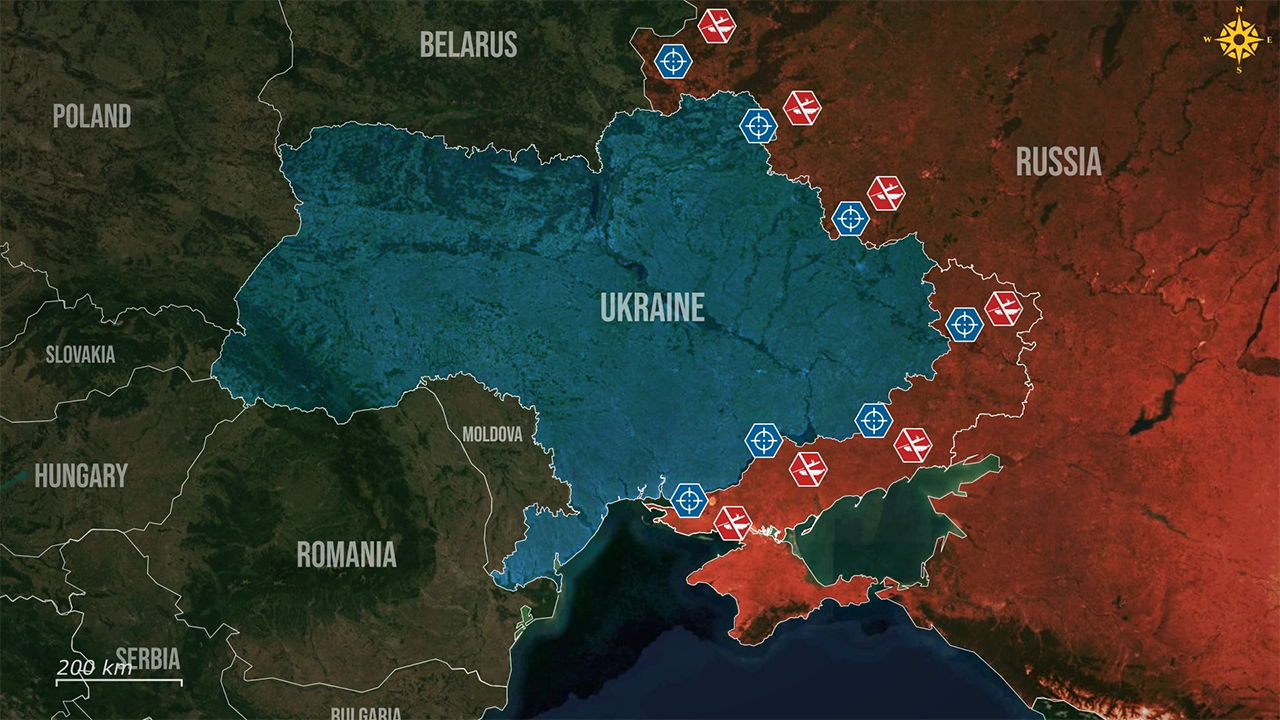
Months ago, Ukraine started to target Russian supply lines to counter the summer offensive. Since then, Ukraine has intensified drone and artillery strikes, creating a ten to twenty kilometers zone of death, as President Zelensky recently stated.
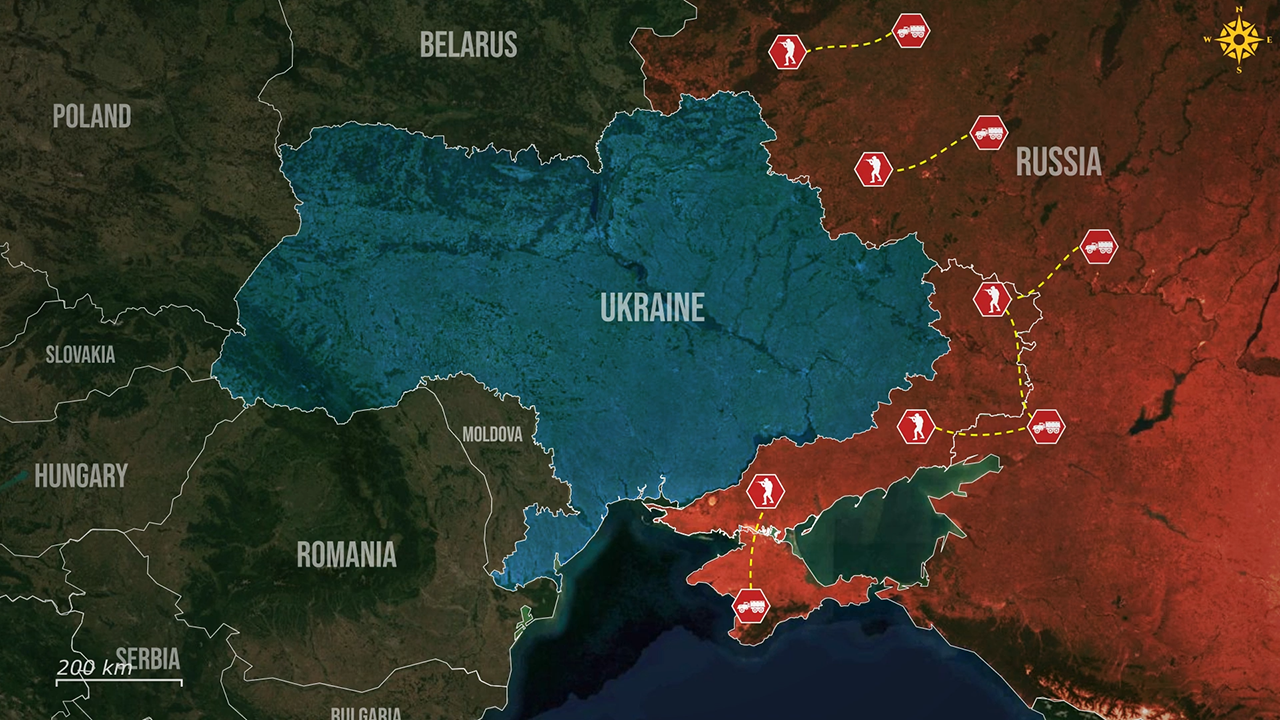
This zone obliterates Russian vehicles and grouped forces, ‘where only individual Russian soldiers are occasionally able to make it through. This strategy itself has also been a massive drain on Russian armored reserves. That combined with depleted reserves of armored vehicles has forced Moscow to abandon armored assaults for infantry tactics, incurring heavy losses.
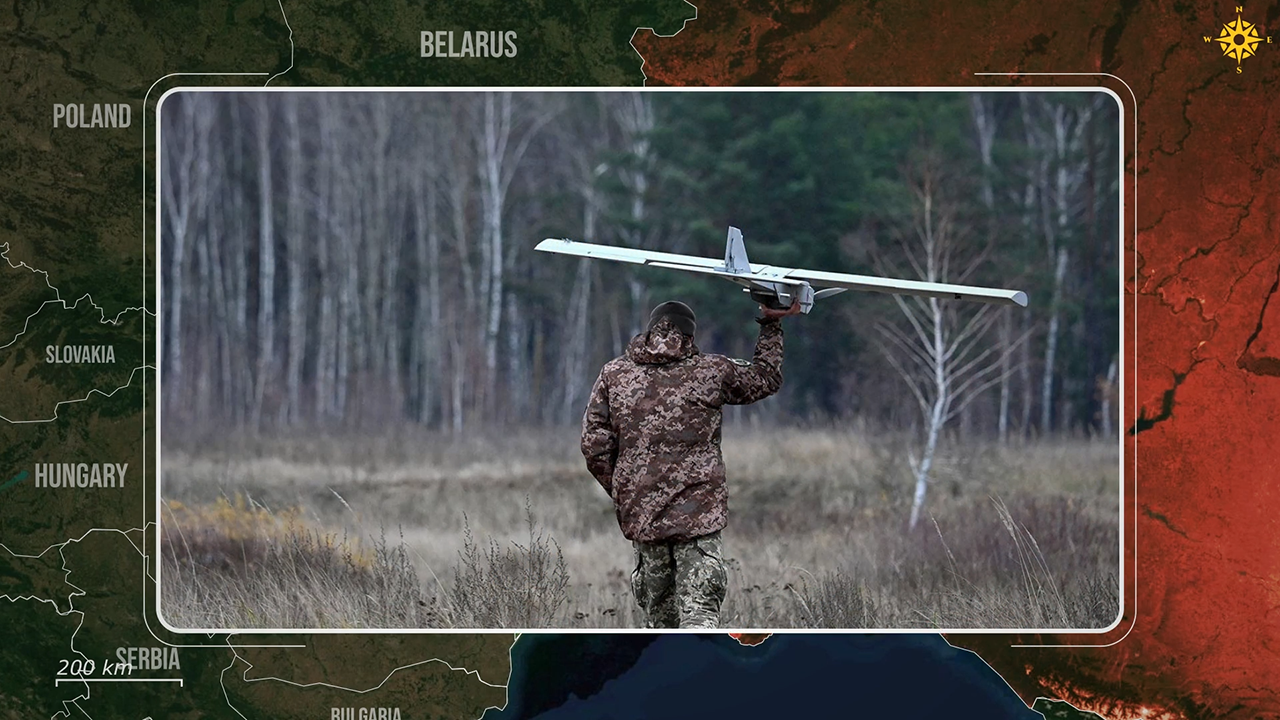

Consequently, the Russian offensive has stalled, with logistics disruptions and heavy losses halting their advance, showcasing Ukraine’s effective adaptation of lethal precision tactics.

Sumy Oblast is the best example of Ukraine’s ten to twenty kilometers zone of death, a lethal barrier neutralizing Russian mechanized advances. Because of its position along the Russian border, Sumy faced intense pressure during Russia’s summer offensive.
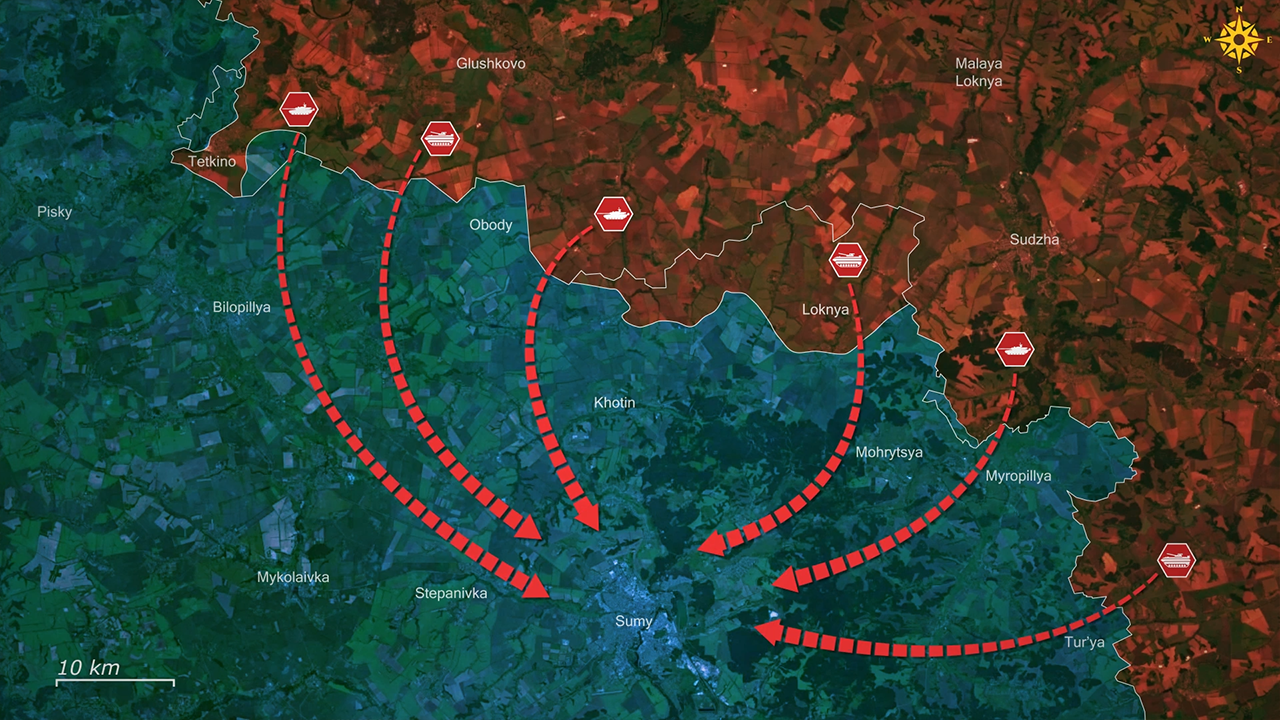
Ukraine countered the Russian efforts by deploying a sophisticated network of drones, artillery, and precision-guided rockets in order to enforce this zone. The system works through relentless surveillance: drones patrol the airspace, detecting any vehicle or grouped force entering the ten to twenty kilometers strip. Once identified, the targets are swiftly engaged with kamikaze drones, anti-tank missiles, or artillery barrages, ensuring the near-instant destruction of anything larger than a soldier. This approach minimizes Ukrainian troop exposure while maximizing enemy losses.

In Sumy, this strategy has devastated the Russian armored columns present, forcing reliance on infantry, which suffered heavy casualties under constant drone attacks. By June 2025, Russian advances in Sumy had already stalled, while now Ukrainian forces are reclaiming ground and stabilizing the frontlines due to the low Russian reserves. The zone of death leverages technology to render traditional armored tactics obsolete, protecting Sumy by turning every Russian vehicle into a target for the Ukrainian forces.
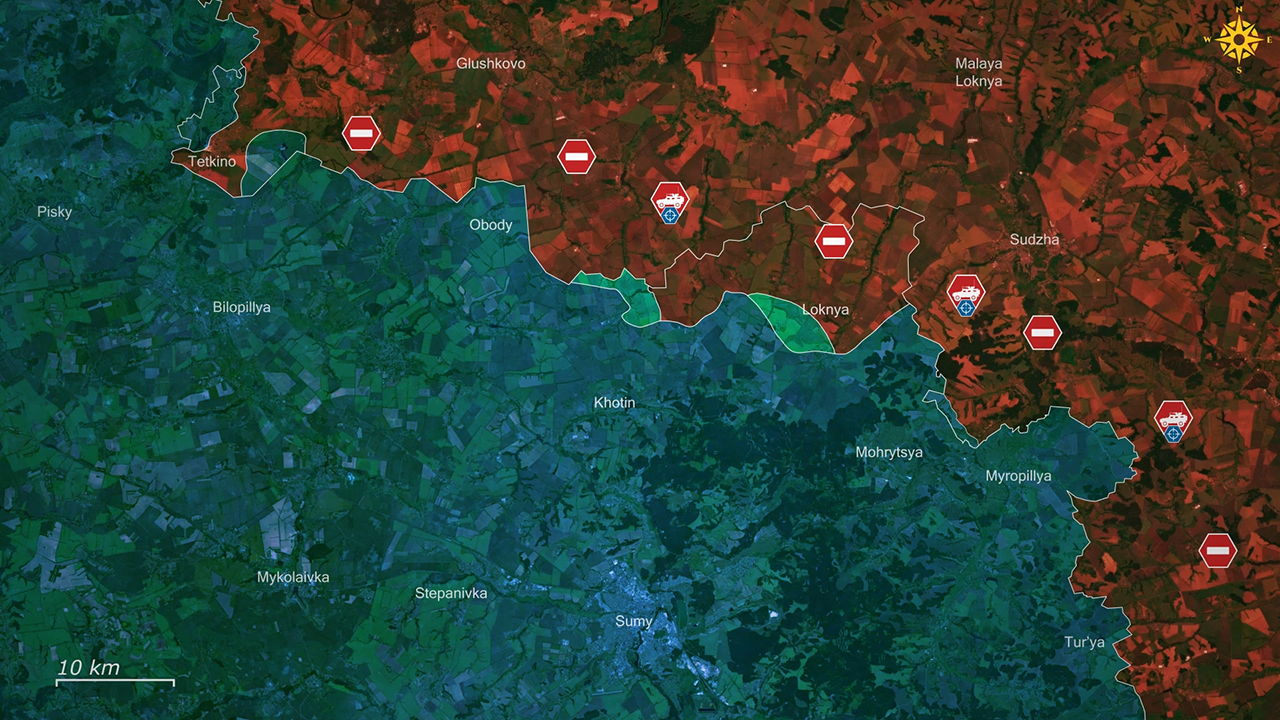
The Ukrainian zone of death has fundamentally altered Russian tactics, effectively eliminating any hope of a successful armored assault. Faced with relentless drone strikes and precision artillery strikes within the ten to twenty kilometers kill zone, Russia has either exhausted its armored vehicles or chosen to abandon them, as tanks and heavy machinery are consistently obliterated upon entering. Ukrainian forces have destroyed approximately 108 Russian tanks, 125 armored personnel carriers and 200 supply trucks, targeting logistics hubs and rendering mechanized advances unsustainable.
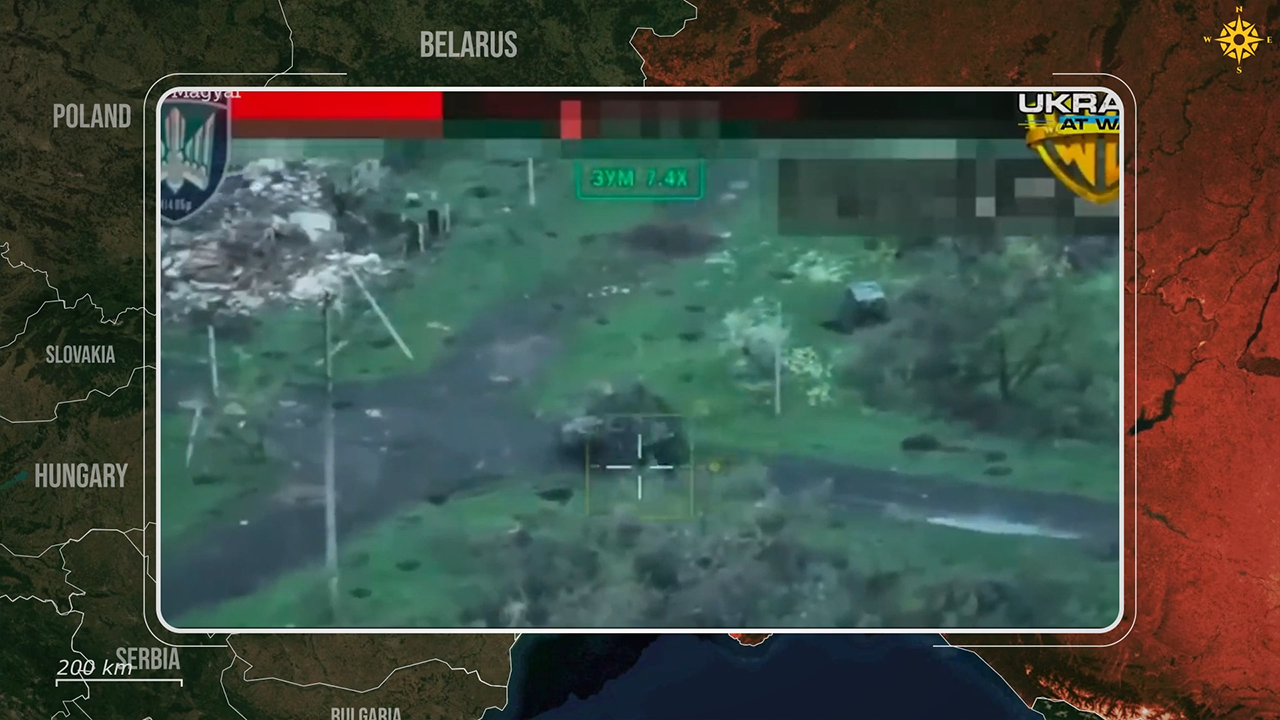
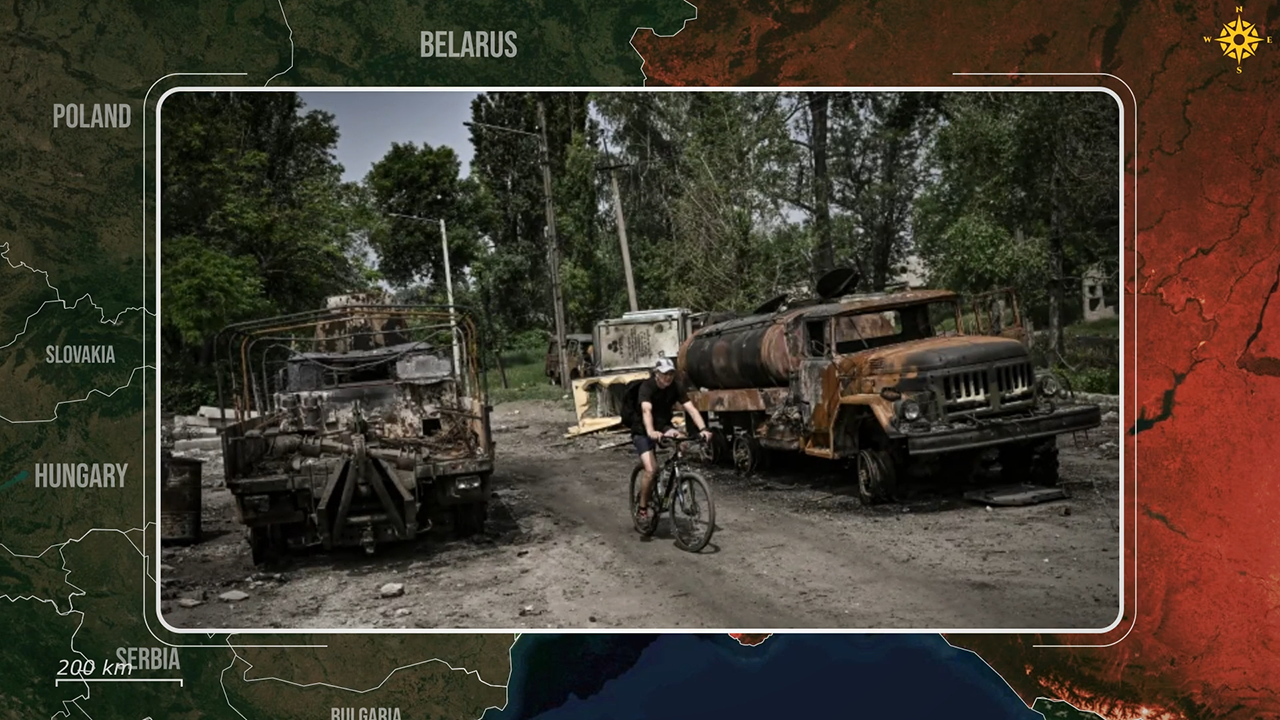
This devastation, coupled with severe equipment losses, has forced Russia to shift to infantry-based assaults. However, Ukraine swiftly adapted, redirecting its drone swarms and airstrikes to target these infantry groups. Kamikaze drones, equipped with advanced targeting software, now hunt Russian soldiers in small units, while artillery and air support amplify the carnage. This dual approach has led to catastrophic Russian losses, with estimates being in the tens of thousands of casualties per month, crippling their offensive capabilities.
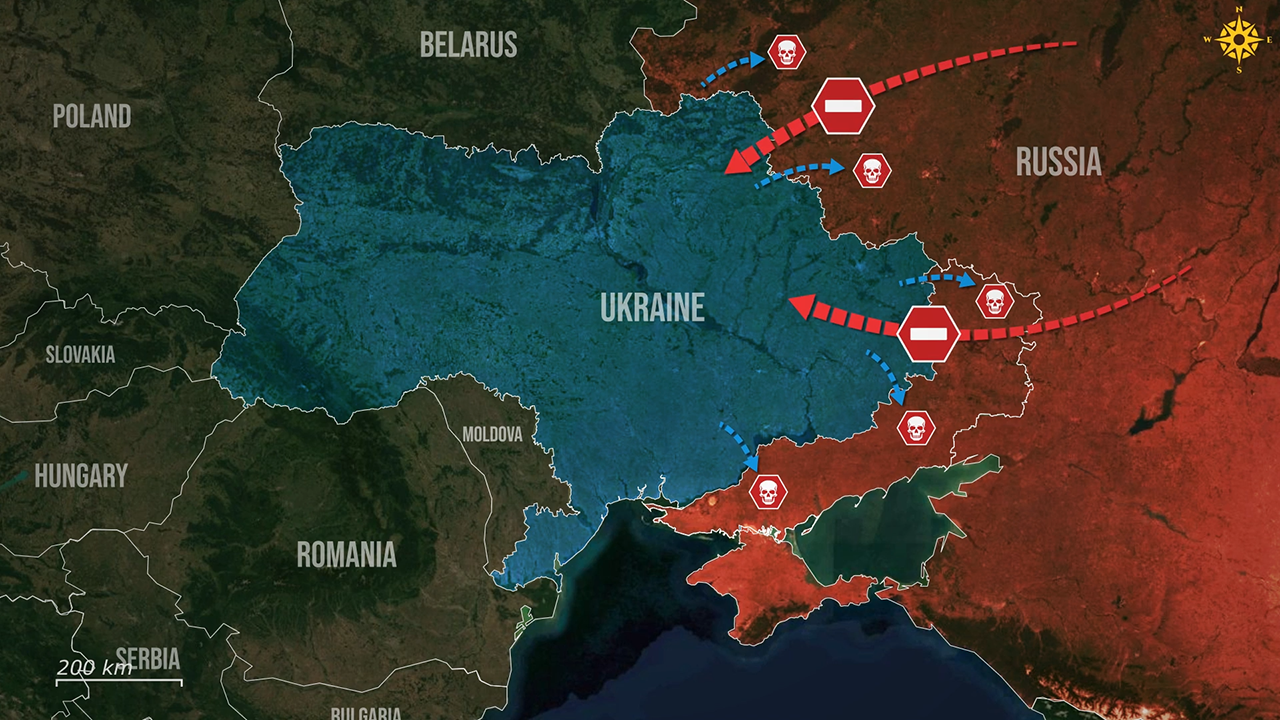
In Sumy and other fronts, Russian infantry forces face a devastating amount of drone strikes, unable to advance without heavy attrition. The collapse of Russia’s summer offensive stems largely from this tactical evolution: Ukraine’s zone of death not only neutralized armored threats but also turned infantry assaults into death traps, exploiting Russia’s inability to adapt. This shift underscores a broader transformation in warfare, where drones and precision strikes dominate, rendering traditional ground assaults obsolete and exposing Russian forces to relentless, technology-driven attrition.
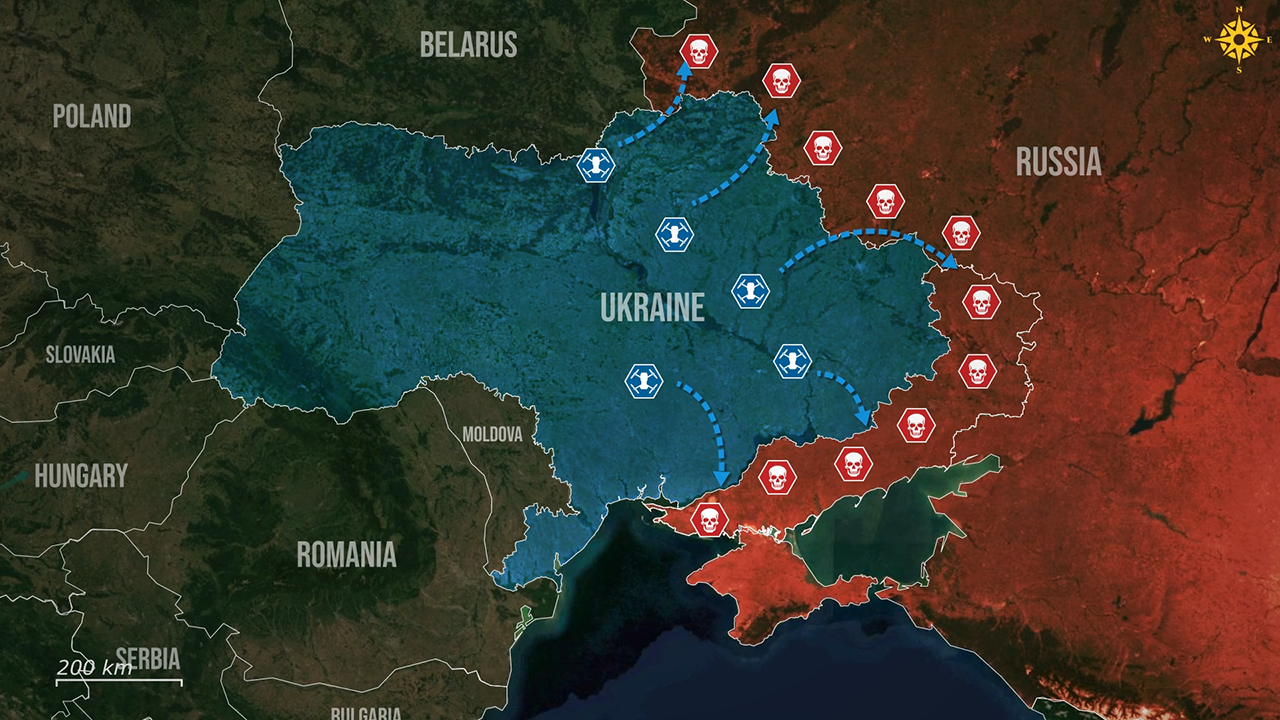
Overall, Ukraine’s zone of death marks a pivotal shift in modern warfare, demonstrating the supremacy of precision technology over conventional armored and infantry tactics. By crippling Russian logistics and annihilating both vehicles and foot soldiers, Ukraine has not only stopped the Russian summer offensive but also exposed the vulnerability of traditional military strategies against drone-driven attrition-tactics. This development signals a broader implication: nations reliant on outdated mechanized doctrines risk catastrophic failure in future conflicts. The zone of death redefines battlefield dominance, prioritizing technological adaptability and logistical disruption as decisive factors in achieving strategic victories.
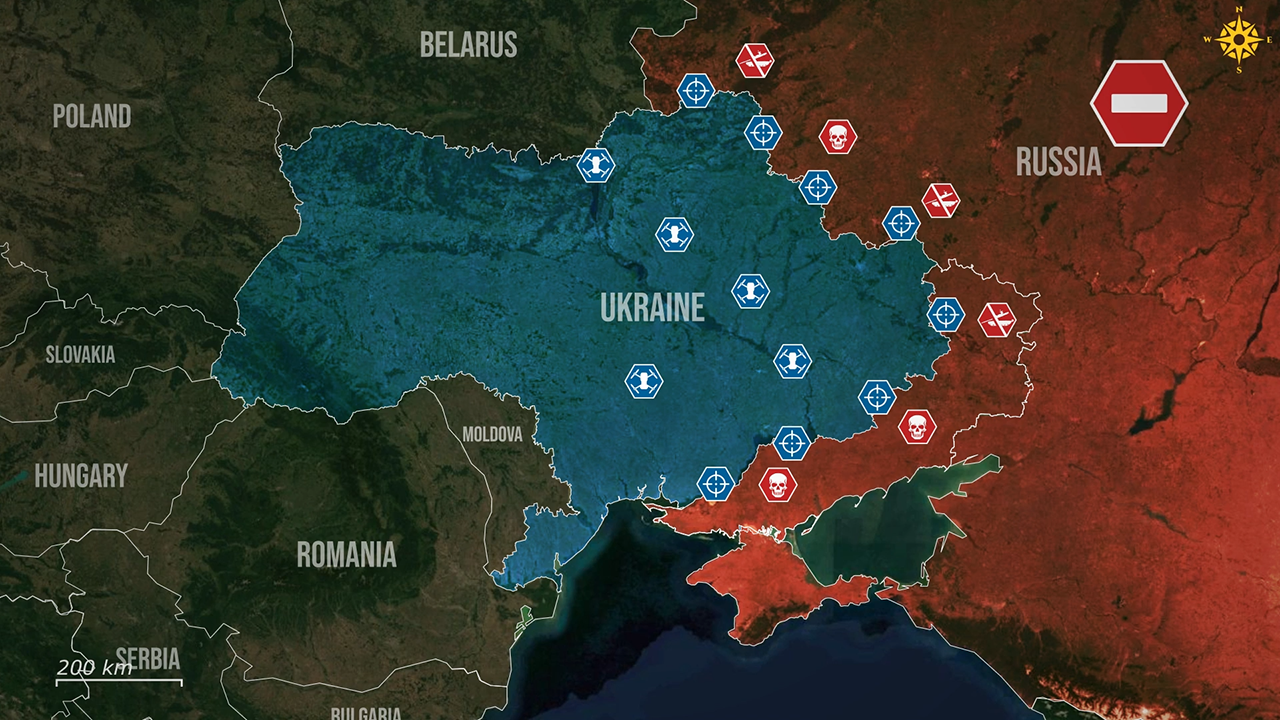








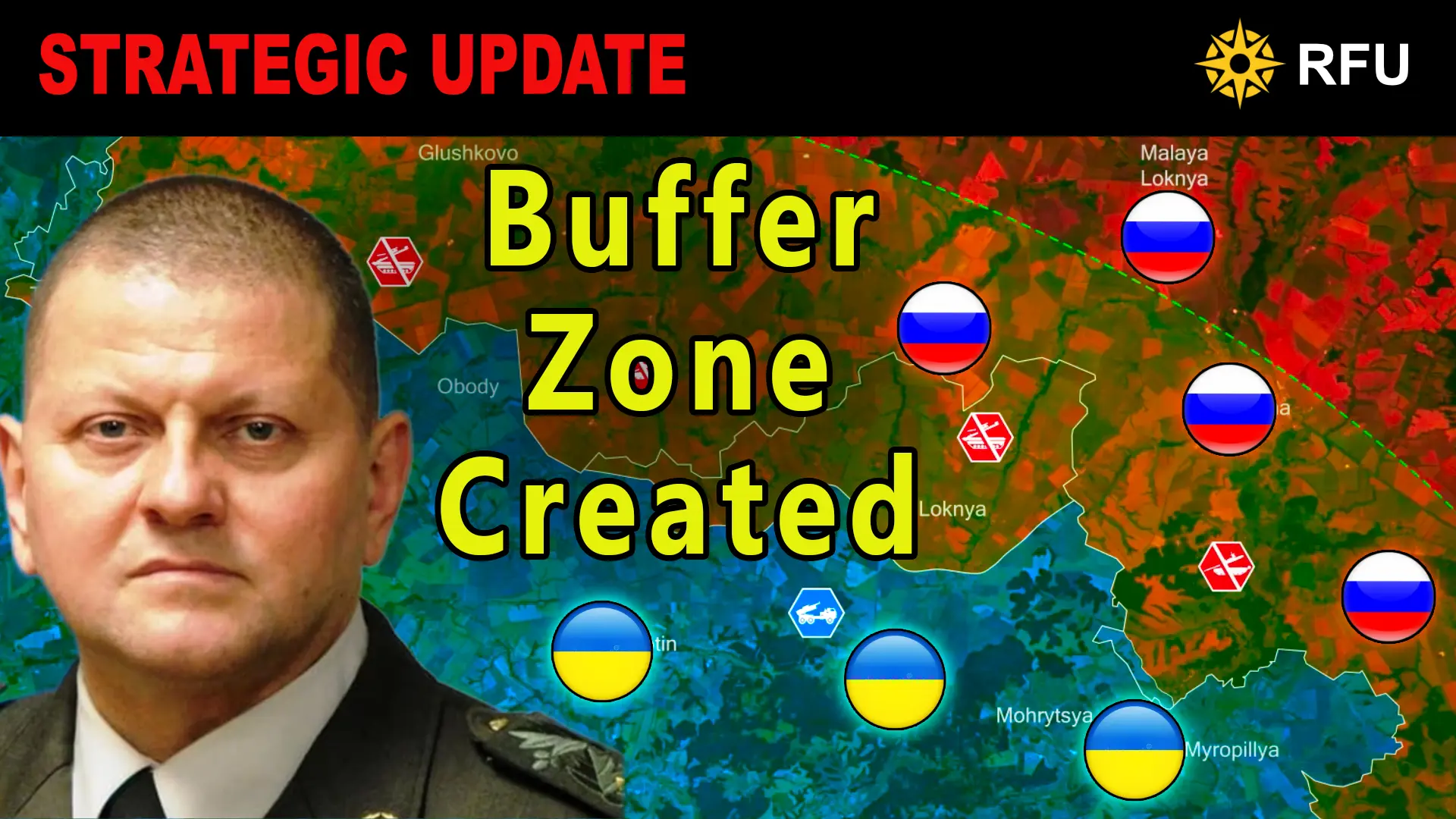
.jpg)
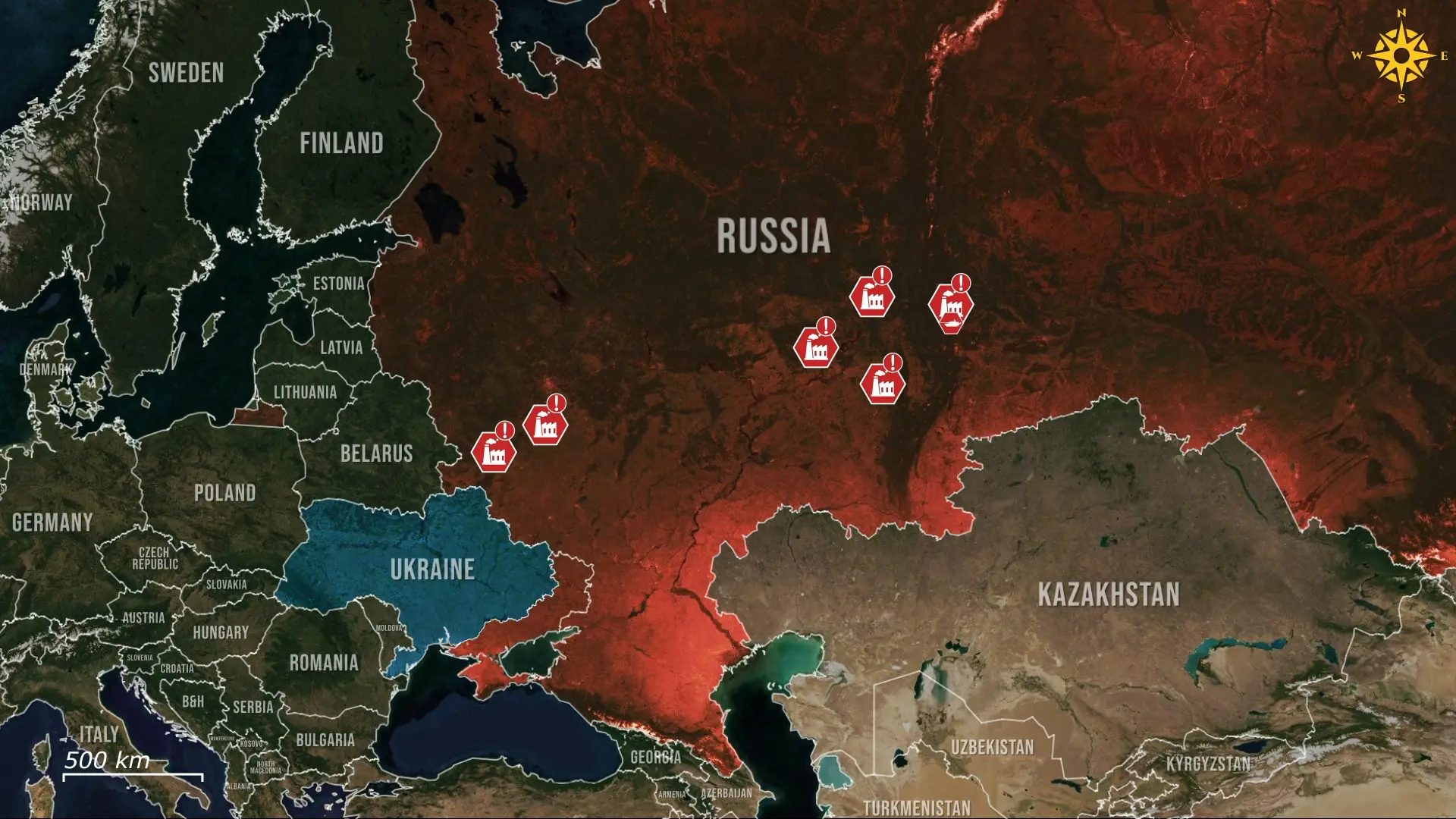
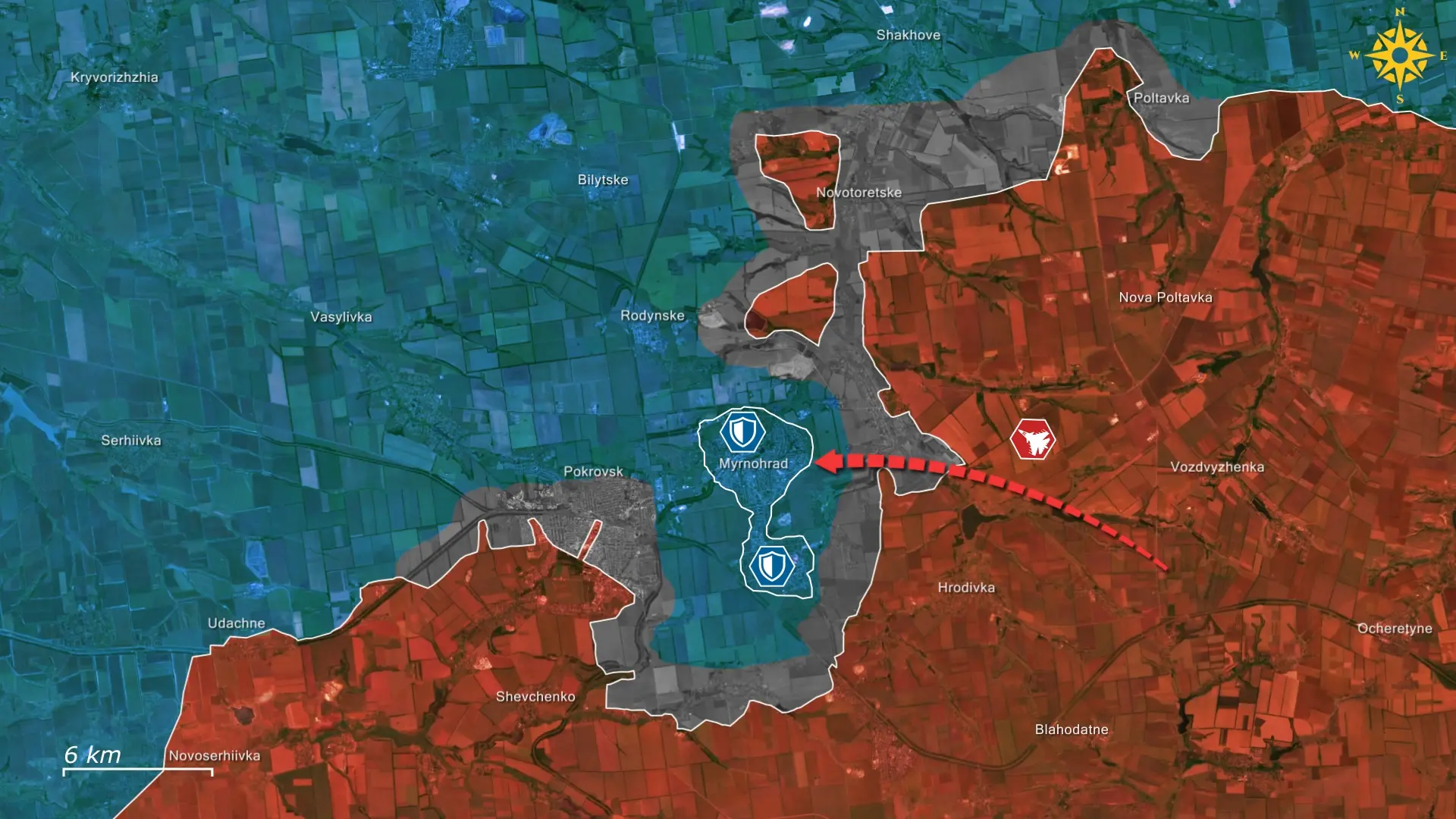
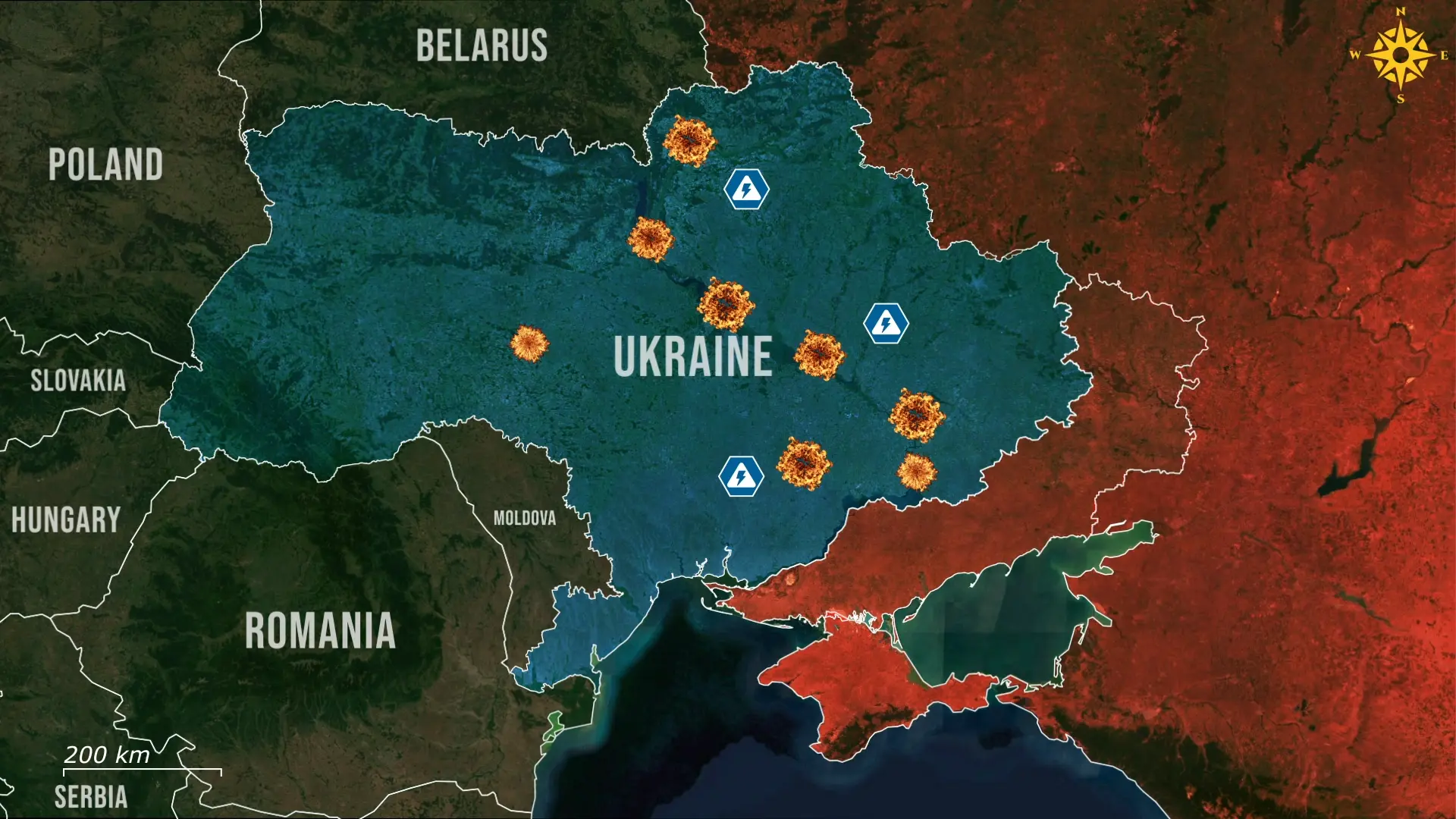


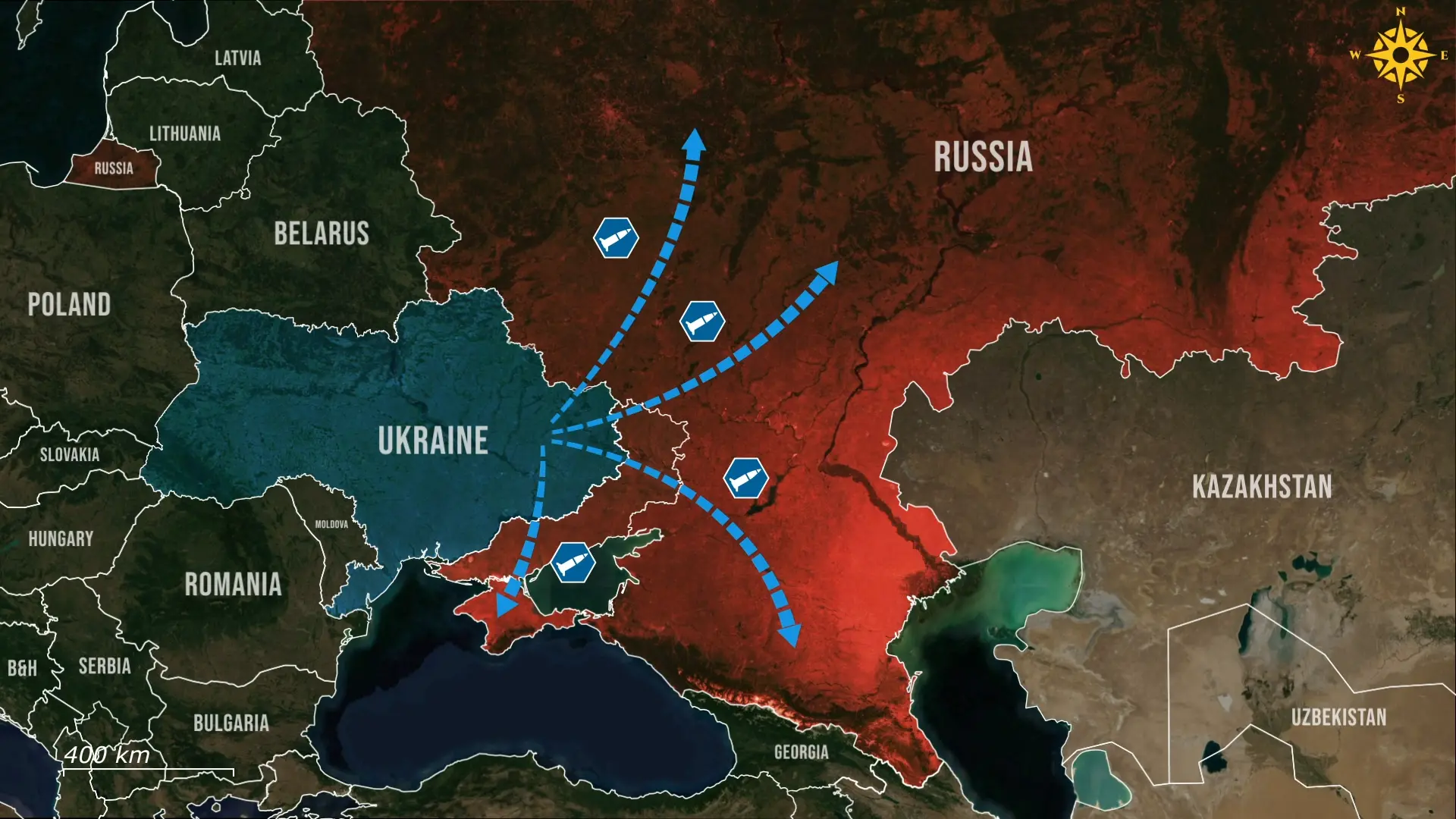
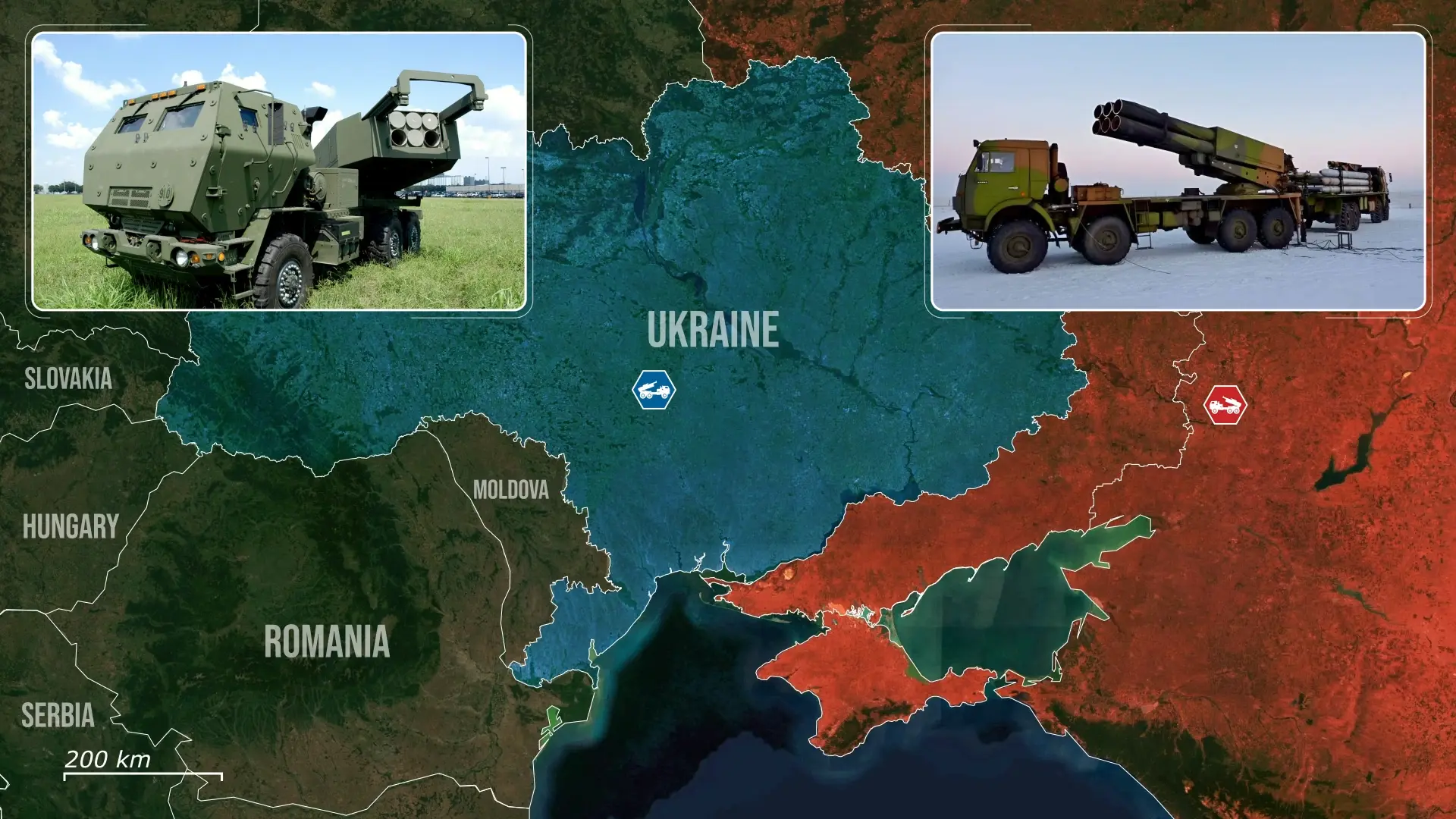
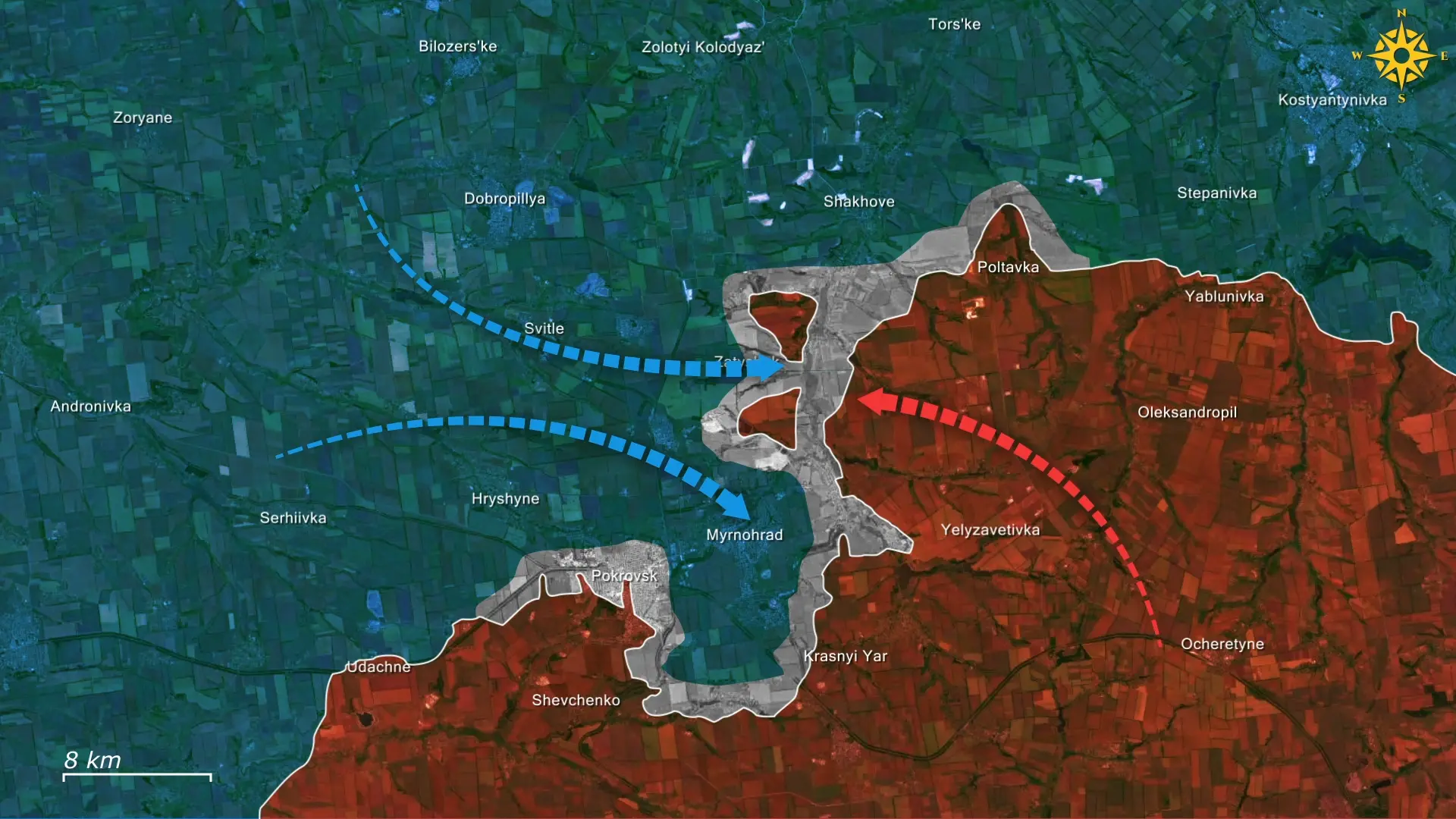
Comments